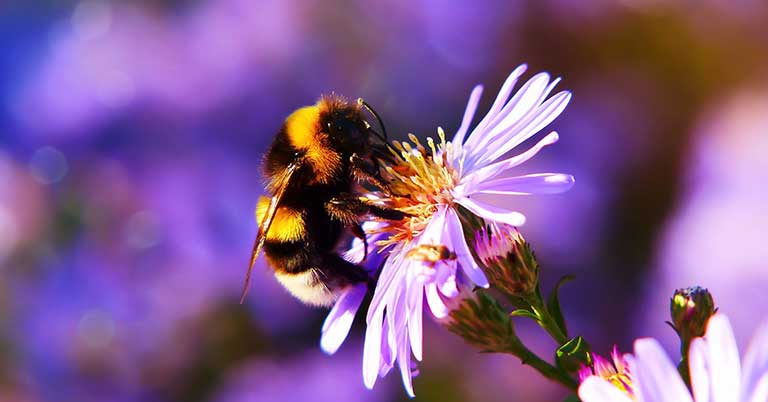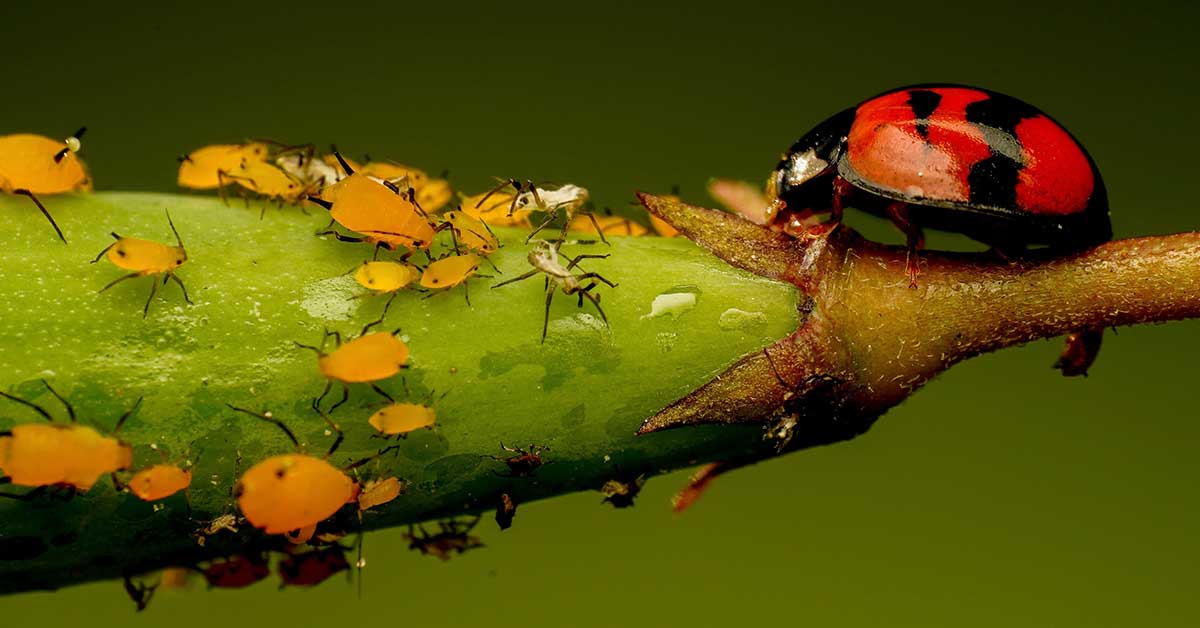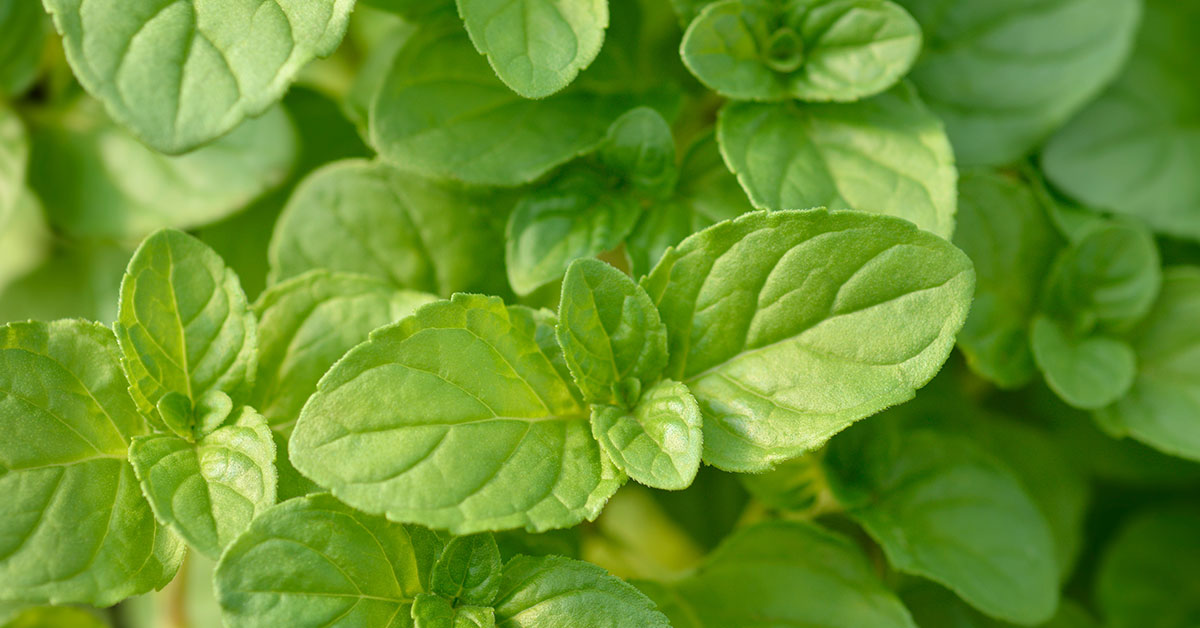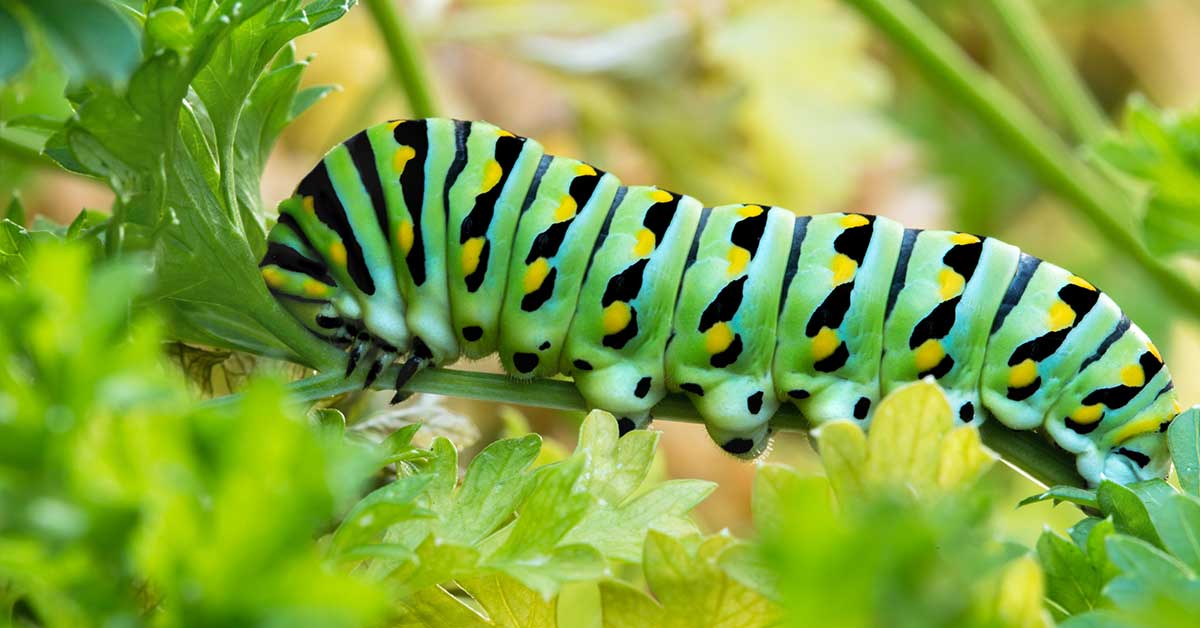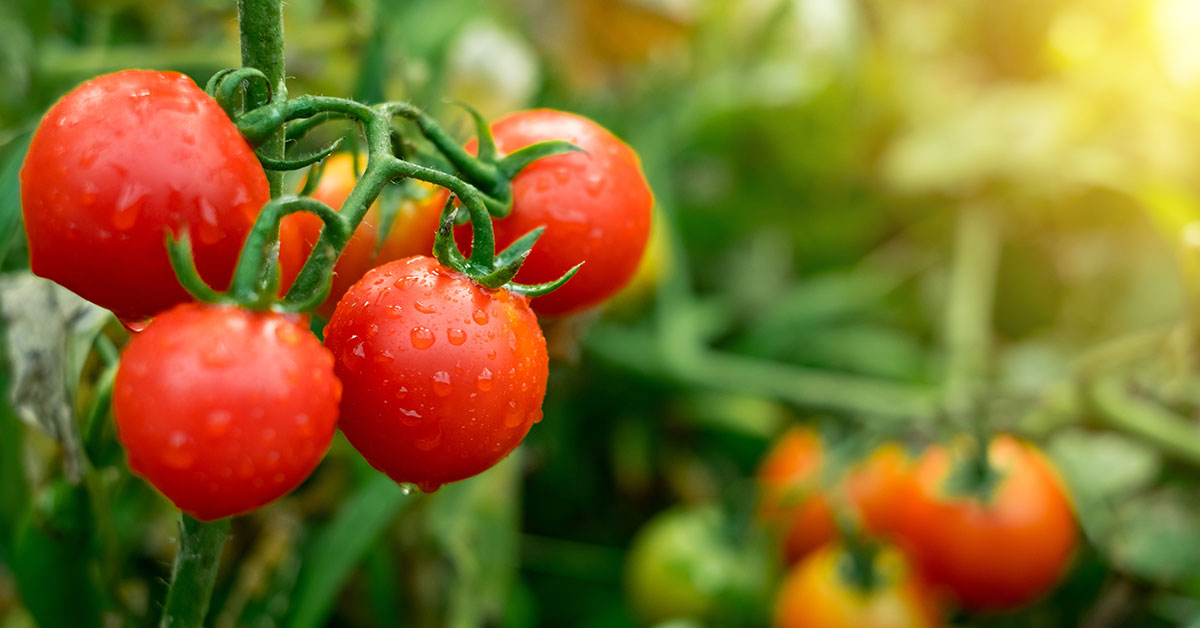There’s something special about the break of dawn, when the first light touches your backyard and you can hear the faint buzz of life waking up. See, it’s not just the birds and the squirrels out there. Those buzzing sounds? Those are some of the countless pollinators native to North America.
We’re talking bees, butterflies, even birds like the tiny ruby-throated hummingbird. They’re out there every day, zipping from flower to flower, making sure everything grows just like it should. Simple, essential, and quite frankly, downright beautiful.
Why do native pollinators matter?
Honeybees, as hardworking as they are, aren’t the only ones doing the heavy lifting in our gardens. Our native pollinators have been doing their job for thousands of years, each adapted to pollinate specific plants that honeybees might not be as effective at. For example, some flowers need a special shake or “buzz” to release their pollen, something that bumblebees are experts at.
There’s also a matter of resilience. Relying on just one type of pollinator, like honeybees, is like putting all your eggs in one basket. If a disease or pest were to hit the honeybee population hard, we’d be in a bit of a pickle without our other native pollinators to pick up the slack. Plus, native pollinators are a crucial part of the food chain, providing meals for birds and other critters.
So, it’s not just about them helping our plants grow. Protecting native pollinators means protecting biodiversity, and that’s something every gardener who cares about nature should be interested in. Our gardens are more than just our little plots of land, they’re part of a bigger, interconnected ecosystem that needs all its parts to function properly.
The many pollinators of North America
Ascertaining the exact number of native pollinator species in North America can be a complex task due to the vast number of species and the continual discoveries of new ones. However, estimates suggest there are around 3,600 species of native bees alone.
When you take into account other pollinators such as butterflies, moths, flies, beetles, birds, and bats, the number is likely to be significantly higher. For instance, North America is home to about 750 species of butterflies and 11,000 species of moths.
Several species of hummingbirds are native to this region, and there are also a number of native bat species that serve as pollinators. It’s important to note that each of these species plays a unique role in its ecosystem, pollinating a specific set of plants that often can’t be pollinated by any other creature.
Despite the vast number of these essential creatures, many face threats from habitat loss, pesticide exposure, climate change, and disease, making conservation efforts increasingly important.
10 pollinators native to North America
There are numerous species of pollinators native to North America, each of which plays a vital role in maintaining biodiversity by helping plants to reproduce. Here are some examples, along with tips for supporting their populations:
- Monarch Butterfly (Danaus plexippus): Plant milkweed, as it is the only plant Monarch caterpillars can eat. Monarchs also require nectar plants for energy during their migration.
- Rufous Hummingbird (Selasphorus rufus): Install a hummingbird feeder or plant native flowering species that produce nectar. Avoid using pesticides in your garden, as they can harm these birds.
- Western Honey Bee (Apis mellifera): Provide a source of fresh water in your garden, as bees need water to cool their hives and dilute honey. Plant diverse flowering plants that bloom at different times of the year.
- American Bumble Bee (Bombus pensylvanicus): Plant native wildflowers and leave some areas of your garden undisturbed for nesting. They also need old rodent burrows or clumps of grass for nesting.
- Blue Orchard Bee (Osmia lignaria): Install a bee house with small tubes or holes where these bees can lay their eggs. Plant a variety of flowering plants, as they are generalist pollinators.
- Sphinx Moth (Family Sphingidae): Plant night-blooming flowers, as these moths are active at dusk and during the night.
- Lesser Long-Nosed Bat (Leptonycteris yerbabuenae): If you live in the Southwest, plant agaves or cacti that bloom at night. Preserve roosting habitats like caves and old buildings.
- Green Sweat Bee (Agapostemon texanus): Leave patches of bare soil for nesting, as many species of sweat bees nest in the ground. Plant native flowers for a continuous bloom throughout the year.
- Eastern Carpenter Bee (Xylocopa virginica): Leave some dead wood or old logs in your garden, as these bees make their nests in wood. They are also attracted to a wide variety of flowering plants.
- White-lined Sphinx Moth (Hyles lineata): Plant a variety of flowering plants that bloom at different times, especially evening primrose (Oenothera) species, as the moths feed on their nectar.
To generally support pollinators, avoid using pesticides or herbicides in your garden, provide a source of fresh water, and aim to plant native plants that provide nectar and pollen. If possible, create a variety of habitats within your garden, such as patches of bare soil, dead wood, and areas of long grass, to provide nesting and overwintering sites. Don’t forget that providing forage in all seasons (spring, summer, and fall) is crucial.
